








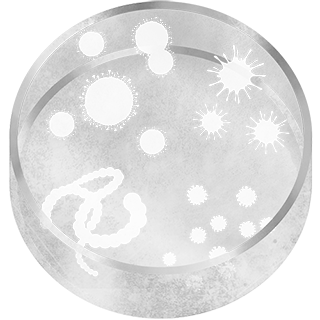
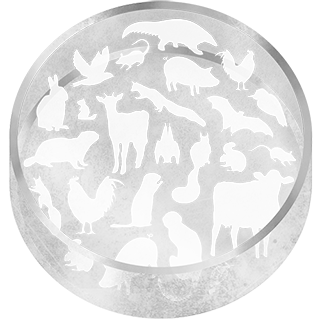
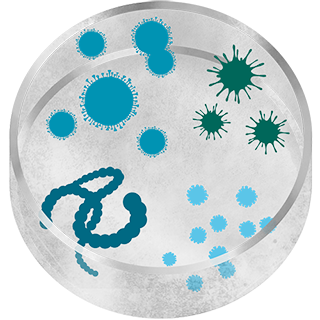
Three to four new infectious disease outbreaks occur each year.
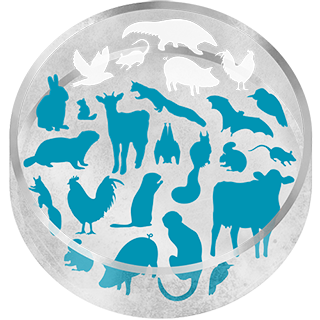
Up to 76% of them come from animals. [1][1] Jones, K.E., Patel, N.G., Levy, M.A., Storeygard, A., Balk, D., Gittleman, J.L. & Daszak, P. (2008). Global trends in emerging infectious diseases. Nature, 451, 990–993.
While the exact source of COVID-19 remains unclear, zoonotic diseases like COVID-19 — diseases that originated in animals — are a stark reminder of how people and nature are interconnected. Other serious outbreaks, such as SARS, avian flu, and MERS, were all zoonotic in origin. Animals aren’t to blame for these outbreaks. It’s human activities that encroach unsustainably into wild places and risky interactions with wildlife that create increased risk.
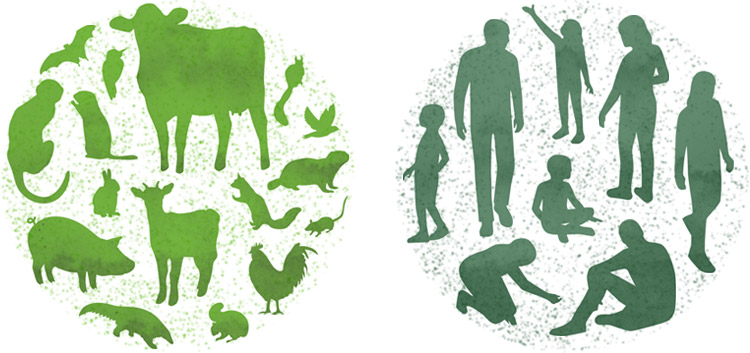
Zoonotic disease spillovers like this occur when a disease jumps from animals—wild or domestic—to humans. Any number of interactions can lead to spillover events: a hunter transporting the meat of a wild animal shot in a forest near home, a farmer tending to the family's livestock at forest’s edge, a vendor selling goods in an urban market.
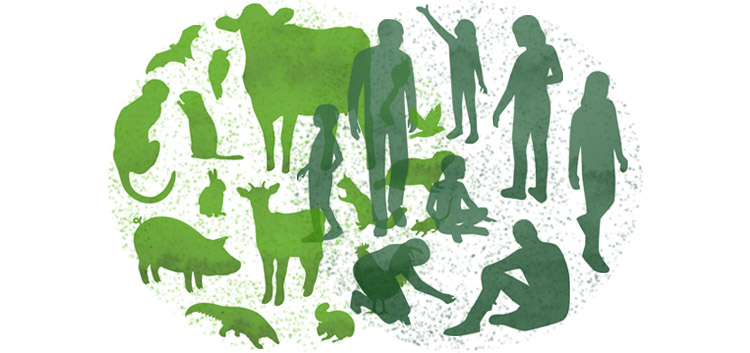
The “spillover” of a zoonotic disease to a person can occur when a person is bitten by a wild animal; when someone is exposed to feces, blood or saliva of a wild animal or of a domesticated animal that has been exposed to a wild animal; or simply from breathing aerosolized virus coming from sick animals in a wildlife market or elsewhere.
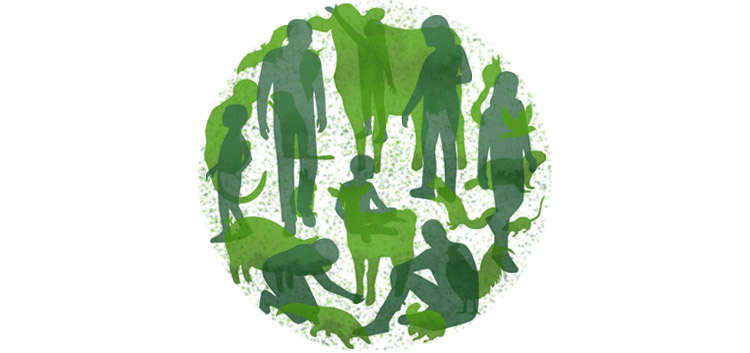
Most pathogens that inhabit animals pose a minor threat to people. However, novel zoonoses—meaning those which have not been previously identified—are emerging with increasing frequency.

Three to four new infectious disease outbreaks occur each year.

Up to 76% of them come from animals. [1][1] Jones, K.E., Patel, N.G., Levy, M.A., Storeygard, A., Balk, D., Gittleman, J.L. & Daszak, P. (2008). Global trends in emerging infectious diseases. Nature, 451, 990–993.
E xperts define pandemic hotspots as places where higher concentration of conditions come together to create greater risk for spillover events. [2][2] https://www.publichealth.columbia.edu/research/population-health-methods/hot-spot-spatial-analysis This field of scientific research is still evolving, but research suggests greater risk for zoonotic spillover happens in:
Places with high levels of biodiversity, like the tropics, where large scale deforestation is happening. [3][3] https://mol.org/patterns/richnessrarity

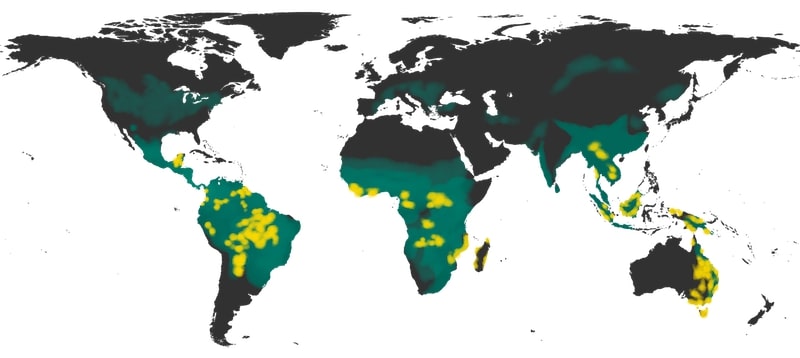
Places where land conversion for food and livestock production is destroying or fragmenting biodiversity-rich tropical and subtropical forests.
Places where the trade and farming of wild animals is common, putting people and domestic animals in sustained, close contact with wildlife.
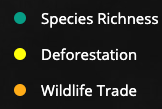
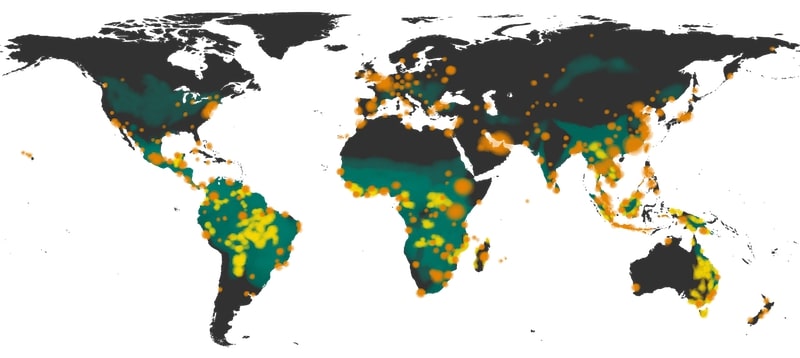
Why does there seem to be an occurence of almost 3x more of such spillover events happening in the last 20 to 30 years? What is different now?
The answer to this question may be found by better understanding our changing relationship with nature. As humans push into the last blocks of natural habitats, especially tropical forests, we encounter more and more novel viruses and pathogens that may be a risk to people. People settling and working in newly opened forests interact with these new diseases.
The answer to this question may be found by better understanding our changing relationship with nature. As humans push into the last blocks of natural habitats, especially tropical forests, we encounter more and more novel viruses and pathogens that may be a risk to people. People settling and working in newly opened forests interact with these new diseases.
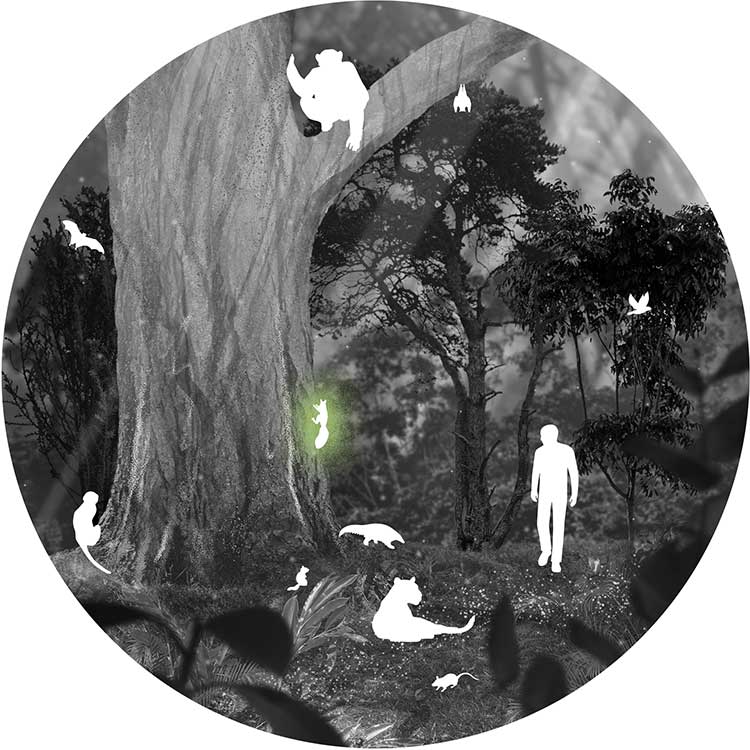
Deforestation opens a Pandora's box by causing numerous issues that compound increased risk. Scientific studies have shown that fragmented forests and hunting sites can alter ecosystems, resulting in higher densities of certain types of animals, such as rodents, which can carry higher levels of zoonotic diseases. [6][6] Estrada-Peña, A., Ostfeld, R.S., Peterson, A.T., Poulin, R. & de la Fuente, J. (2014). Effects of environmental change on zoonotic disease risk: an ecological primer. Trends in Parasitology, 30, 205–214.
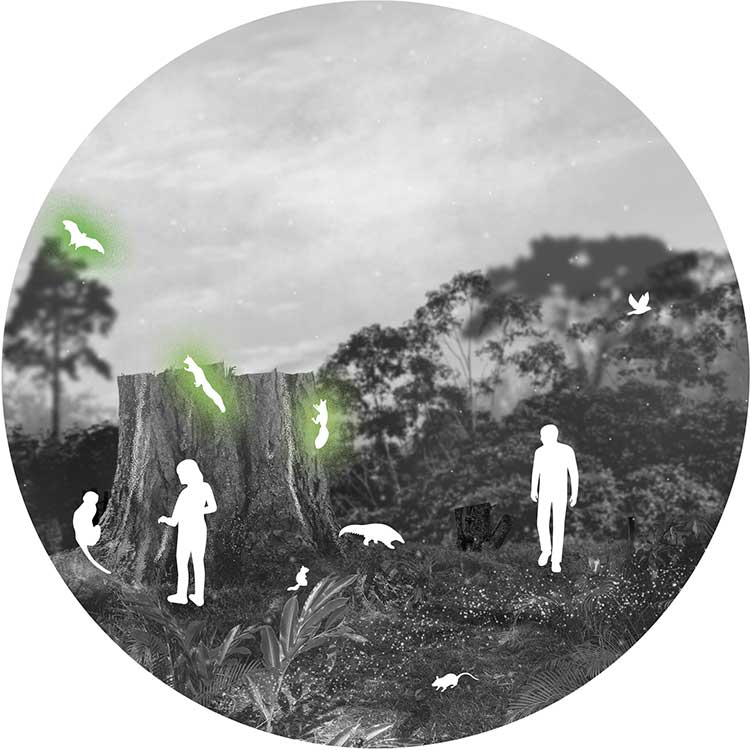
Expanding infrastructure and logging - legal or illegal - requires the building of roads and can create fragmented forests. Expanded road networks are associated with commercial plantations of palm oil, rubber, and paper pulp.
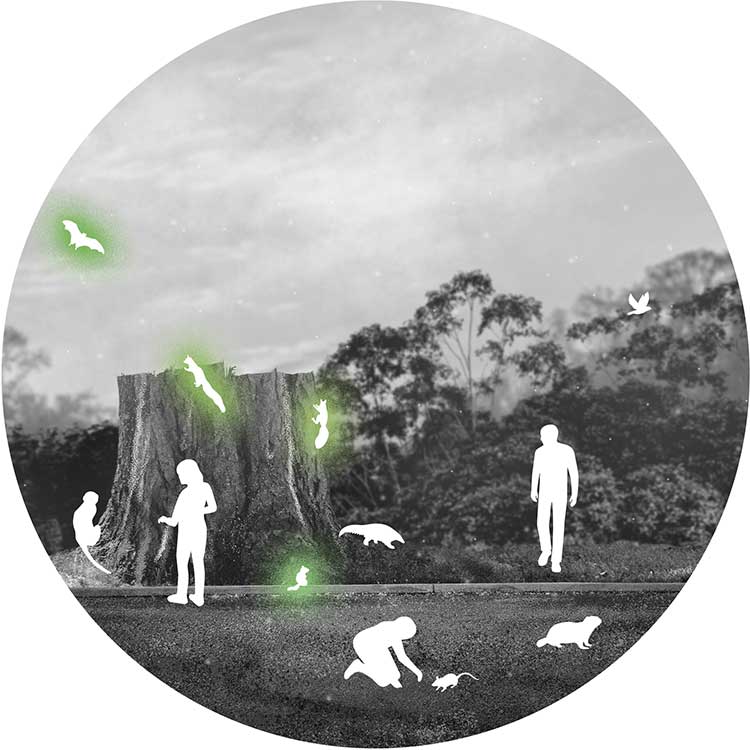
New roads built into natural forests are often quickly settled by smallholders who set up small farms, hunt wildlife for consumption or for the commercial wildlife trade, and bring in livestock. [7][7] Rohr, J. R., Barrett, C. B., Civitello, D. J., Craft, M. E., Delius, B., DeLeo, G. A., Hudson, P. J., Jouanard, N., Nguyen, K. H., Ostfeld, R. S., Remais, J. V., Riveau, G., Sokolow, S. H., & Tilman, D. (2019). Emerging human infectious diseases and the links to global food production. Nature Sustainability, 2, 445– 456. Such activity brings many people in close contact with wildlife and their diseases.
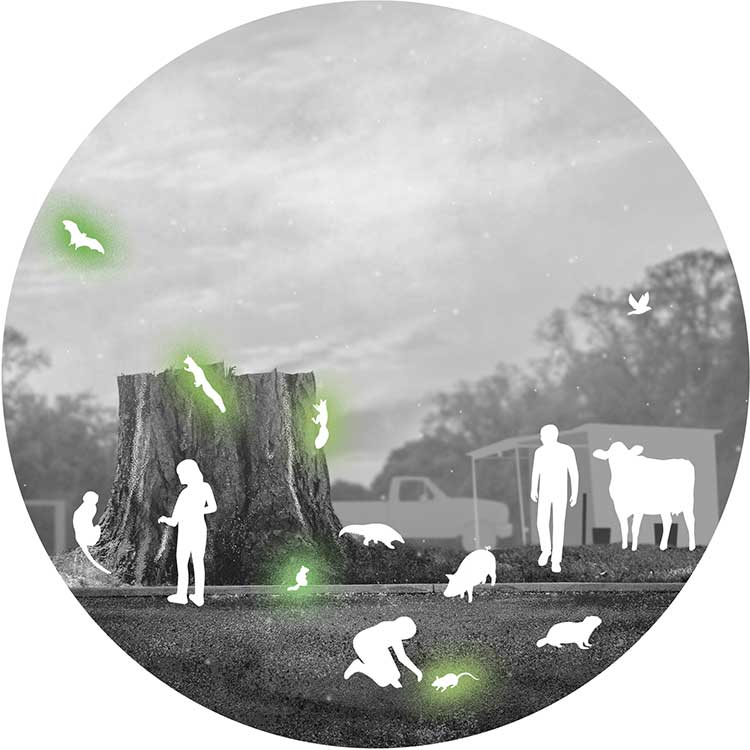
Wildlife may show new behaviors as their long-standing natural habitats disappear or become less dependable. [8][8] (Faust et al., 2018; Gibb et al., 2020; Gillespie & Chapman, 2006). As pulled from https://www.onlinelibrary.wiley.com/doi/full/10.1111/gcb.15508 This may bring them into greater contact with people. Raising livestock in newly deforested areas also increases contact between wildlife and domestic species, which can result in disease mutations and eventual zoonotic diseases jumping to humans. [9][9] (Jones et al. 2013) Several disease outbreaks, such as H5N1 (avian influenza), Nipah virus, and H1N1 (swine flu), have been linked to domestic animal operations.
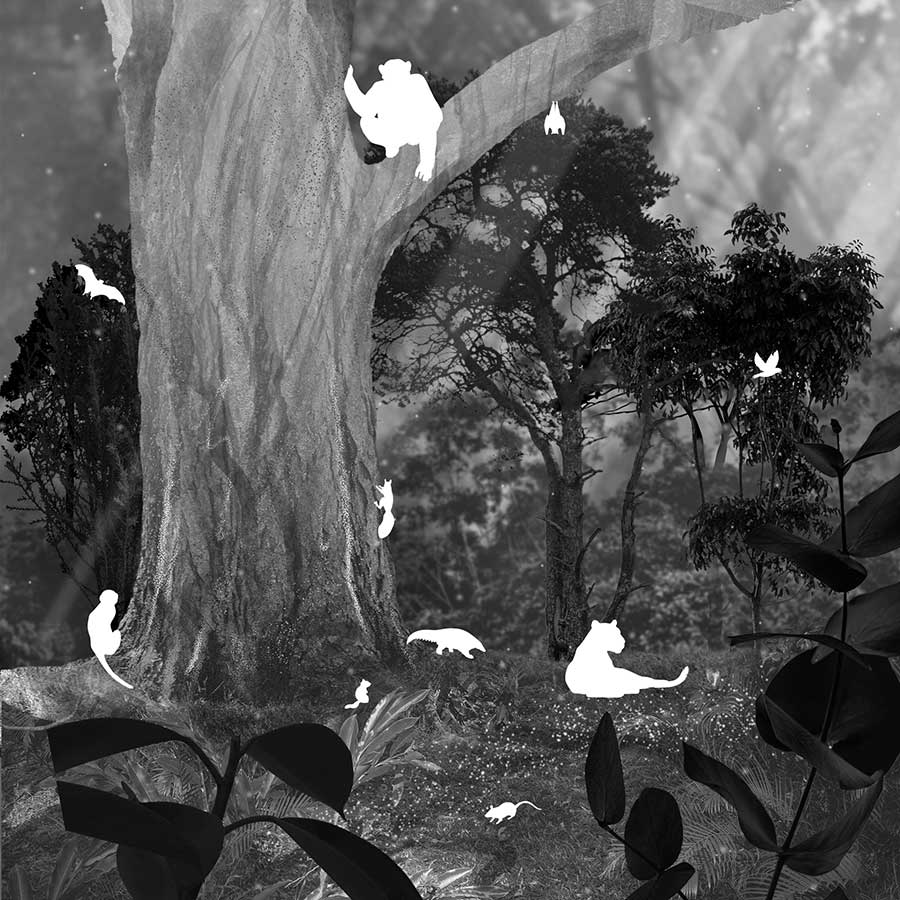
Deforestation opens a Pandora's box by causing numerous issues that compound increased risk. Scientific studies have shown that fragmented forests and hunting sites can alter ecosystems, resulting in higher densities of certain types of animals, such as rodents, which can carry higher levels of zoonotic diseases. [6][6] Estrada-Peña, A., Ostfeld, R.S., Peterson, A.T., Poulin, R. & de la Fuente, J. (2014). Effects of environmental change on zoonotic disease risk: an ecological primer. Trends in Parasitology, 30, 205–214.
Expanding infrastructure and logging - legal or illegal - requires the building of roads and can create fragmented forests. Expanded road networks are associated with commercial plantations of palm oil, rubber, and paper pulp. [7][7] Rohr, J. R., Barrett, C. B., Civitello, D. J., Craft, M. E., Delius, B., DeLeo, G. A., Hudson, P. J., Jouanard, N., Nguyen, K. H., Ostfeld, R. S., Remais, J. V., Riveau, G., Sokolow, S. H., & Tilman, D. (2019). Emerging human infectious diseases and the links to global food production. Nature Sustainability, 2, 445– 456.
New roads built into natural forests are often quickly settled by smallholders who set up small farms, hunt wildlife for consumption or for the commercial wildlife trade, and bring in livestock. [7][7] Rohr, J. R., Barrett, C. B., Civitello, D. J., Craft, M. E., Delius, B., DeLeo, G. A., Hudson, P. J., Jouanard, N., Nguyen, K. H., Ostfeld, R. S., Remais, J. V., Riveau, G., Sokolow, S. H., & Tilman, D. (2019). Emerging human infectious diseases and the links to global food production. Nature Sustainability, 2, 445– 456. Such activity brings many people in close contact with wildlife and their diseases.
Wildlife may show new behaviors as their long-standing natural habitats disappear or become less dependable. [8][8] (Faust et al., 2018; Gibb et al., 2020; Gillespie & Chapman, 2006). As pulled from https://www.onlinelibrary.wiley.com/doi/full/10.1111/gcb.15508 This may bring them into greater contact with people. Raising livestock in newly deforested areas also increases contact between wildlife and domestic species, which can result in disease mutations and eventual zoonotic diseases jumping to humans. [9][9] (Jones et al. 2013) Several disease outbreaks, such as H5N1 (avian influenza), Nipah virus, and H1N1 (swine flu), have been linked to domestic animal operations.
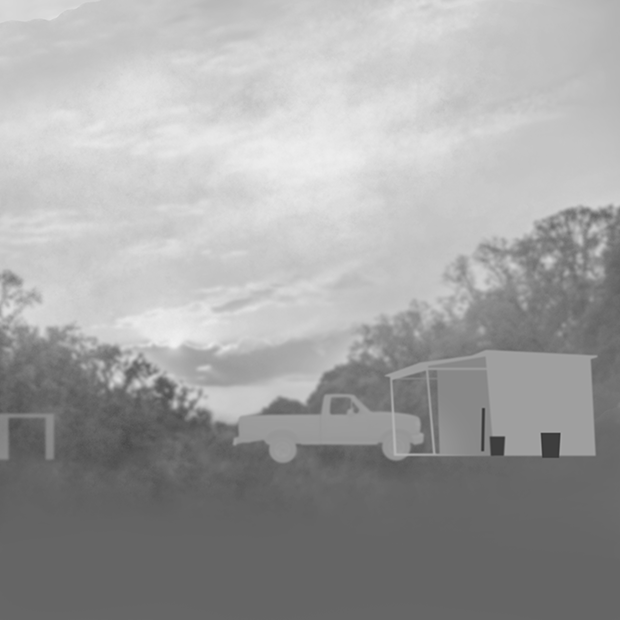
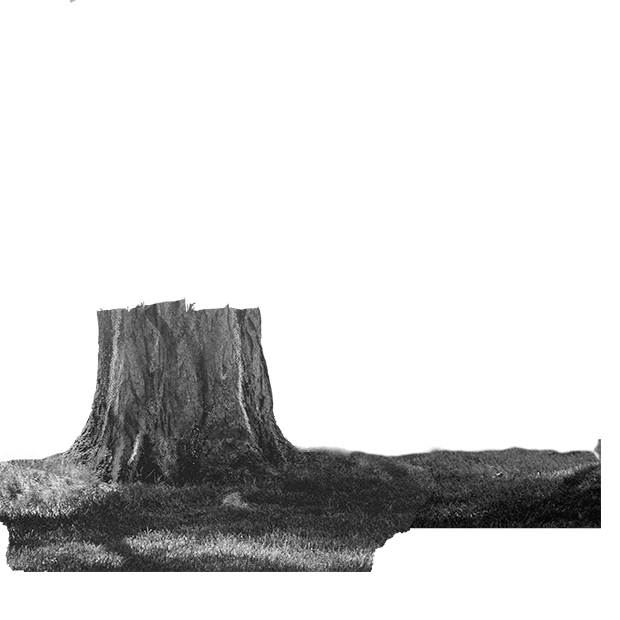






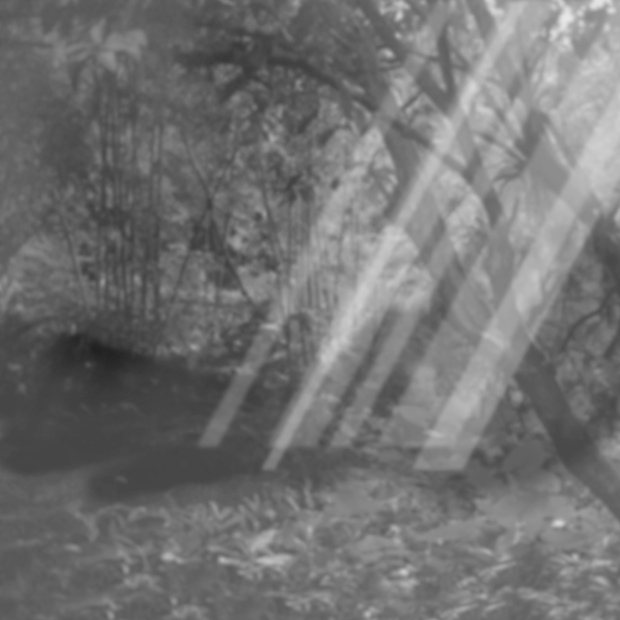

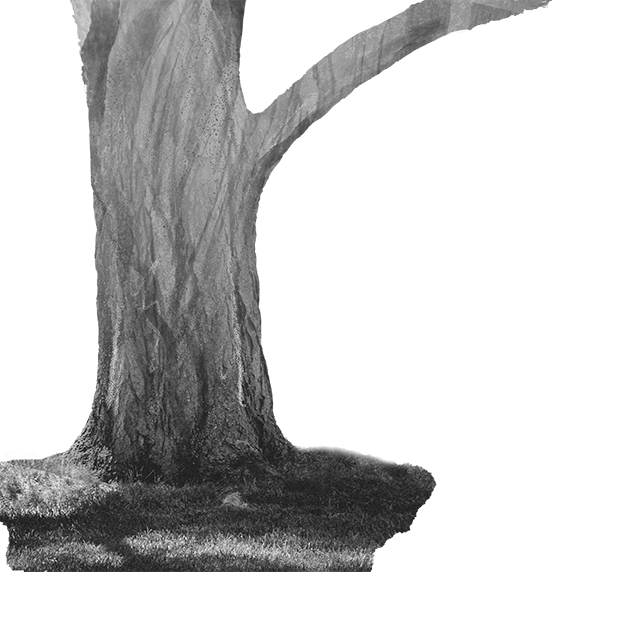
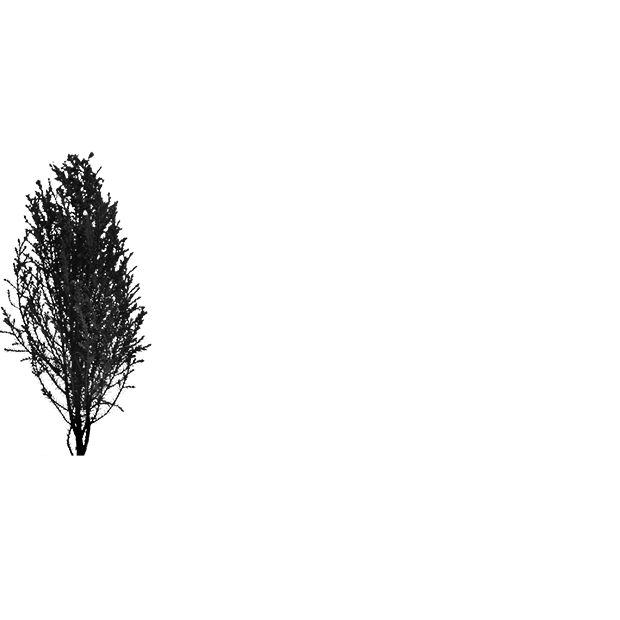
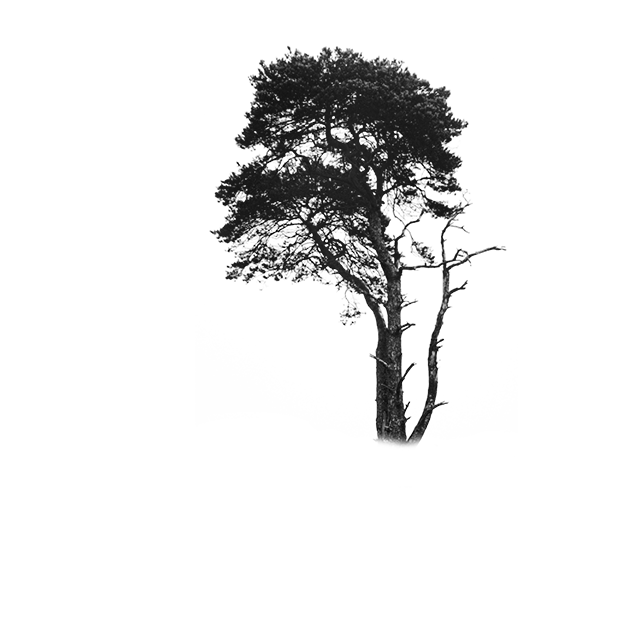
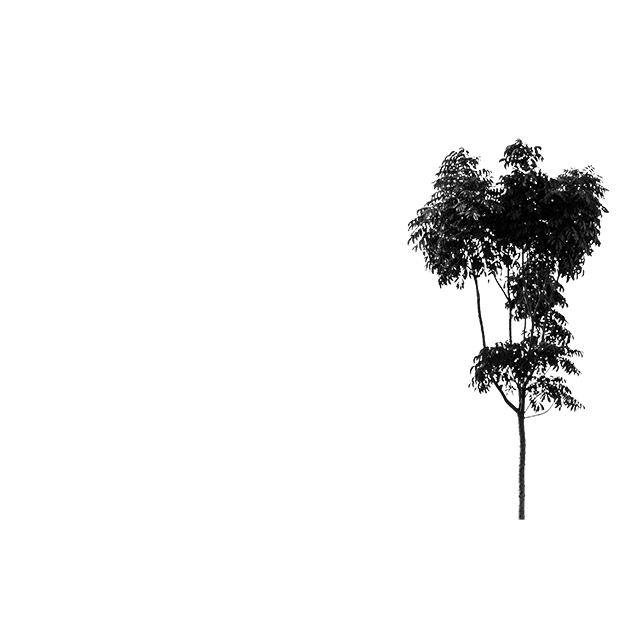
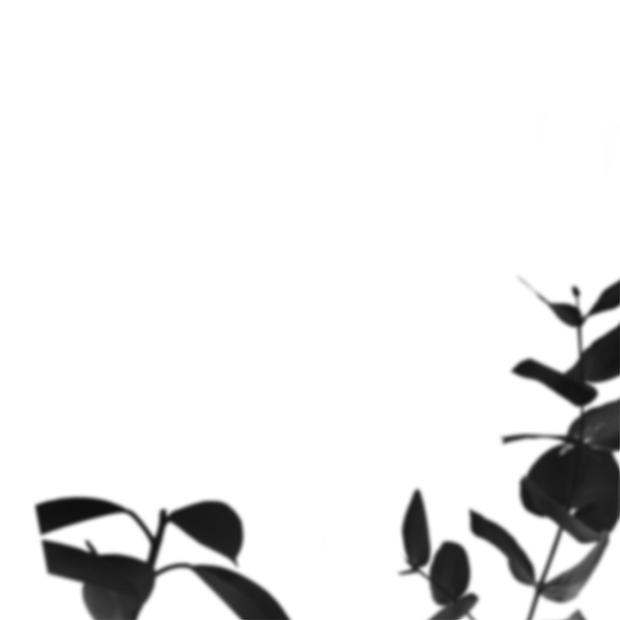









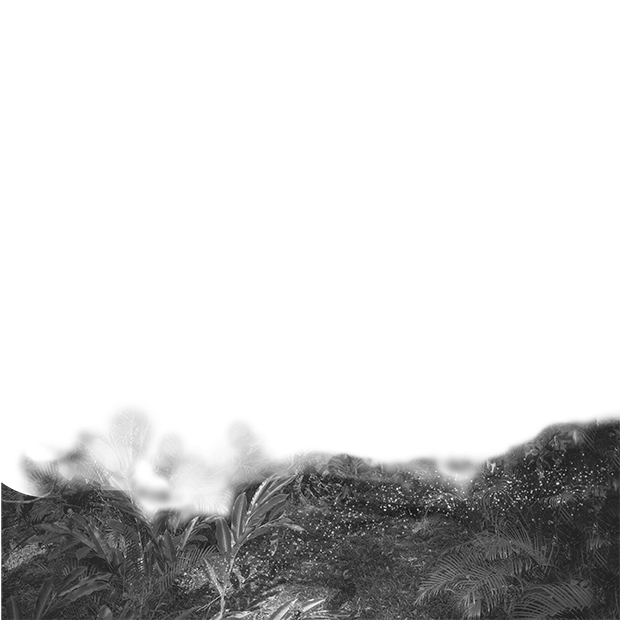



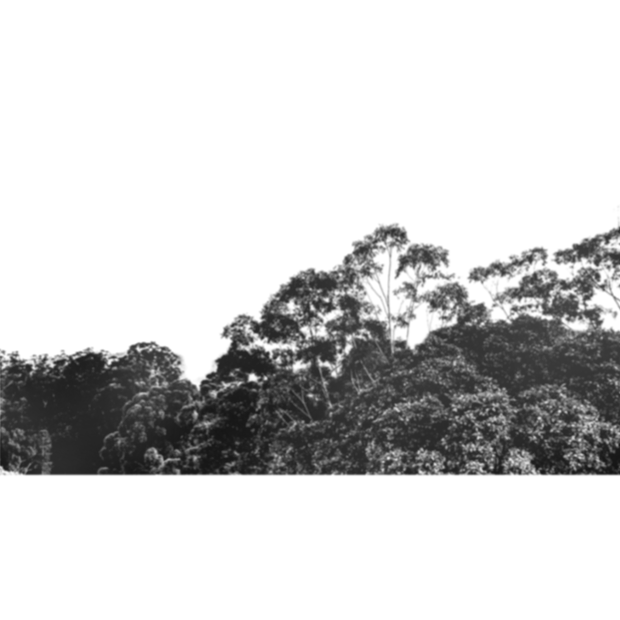



Expanding agriculture, expanding human settlements, and global market pressures are leading to increasing deforestation and conversion of habitats. And, deforestation and conversion are more likely to occur in places where there is a growing expansion of road networks. [10][10] Pacheco, P., Mo, K., Dudley, N., Shapiro, A., Aguilar-Amuchastegui, N., Ling, P.Y., Anderson, C. and Marx, A. 2021. Deforestation fronts: Drivers and responses in a changing world. WWF, Gland, Switzerland







Expanding agriculture, expanding human settlements, and global market pressures are leading to increasing deforestation and conversion of habitats. And, deforestation and conversion are more likely to occur in places where there is a growing expansion of road networks. [10][10] Pacheco, P., Mo, K., Dudley, N., Shapiro, A., Aguilar-Amuchastegui, N., Ling, P.Y., Anderson, C. and Marx, A. 2021. Deforestation fronts: Drivers and responses in a changing world. WWF, Gland, Switzerland
Roads make it easier for people to get into a forest and come into contact with wildlife. Many people who follow the roads for logging operations, agricultural expansion, and mining carry out hunting for the wildlife trade. Just as they bring companies and people into and near forests, roads also allow for easier transport away from forests. This includes transport of wild animals, some of which end up in crowded markets to be sold alive or butchered.
Roads make it easier for people to get into a forest and come into contact with wildlife. Many people who follow the roads for logging operations, agricultural expansion, and mining carry out hunting for the wildlife trade. Just as they bring companies and people into and near forests, roads also allow for easier transport away from forests. This includes transport of wild animals, some of which end up in crowded markets to be sold alive or butchered.
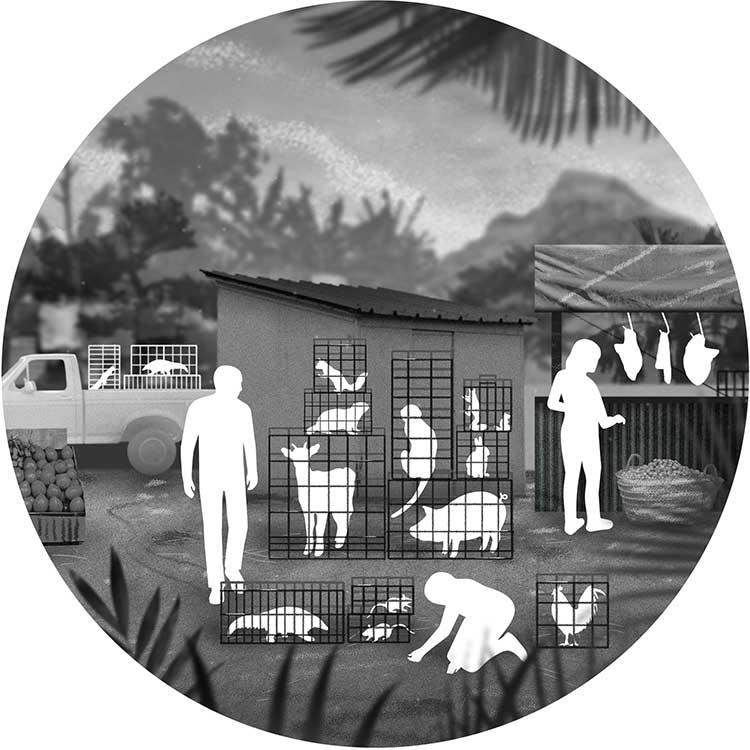
The wildlife trade moves animals that normally never leave the forest into densely populated urban areas and into contact with other species they would never interact with in the wild. In many countries, live wildlife markets can be found openly selling many species side by side for human consumption, traditional medicines, exotic pets, and luxury products. This is a risky situation, with highly stressed animals more susceptible to shedding viruses and catching illnesses from other species when confined in unhygienic, crowded situations.
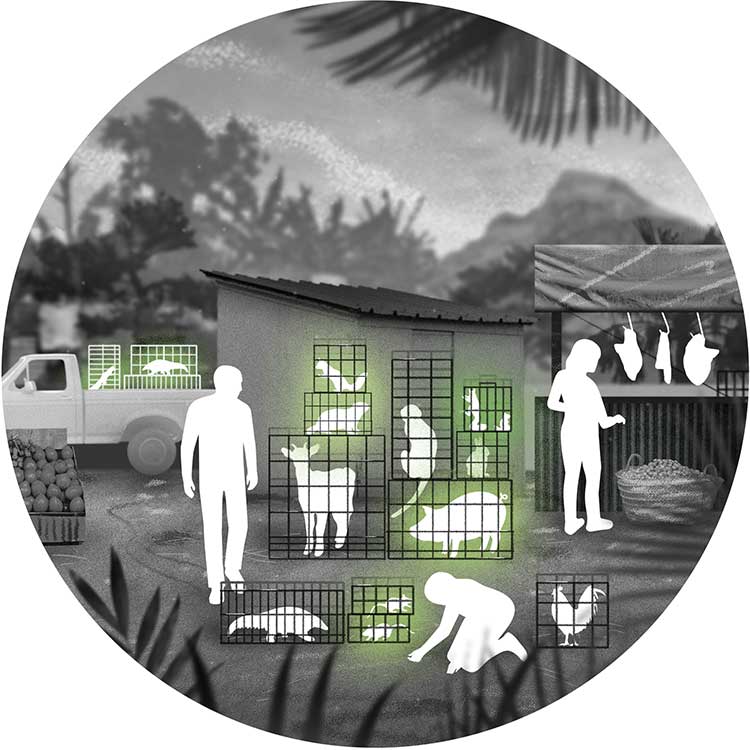
Recent studies have found that intense human-animal contact is a key risk factor for zoonotic disease emergence, particularly in permanent live animal markets. [11][11] Hong-Ying Li, Guang-Jian Zhu, Yun-Zhi Zhang, Li-Biao Zhang, Emily A Hagan, Stephanie Martinez, Aleksei A Chmura, Leilani Francisco, Hina Tai, Maureen Miller, Peter Daszak, A qualitative study of zoonotic risk factors among rural communities in southern China, International Health, Volume 12, Issue 2, March 2020, Pages 77–85, https://doi.org/10.1093/inthealth/ihaa001
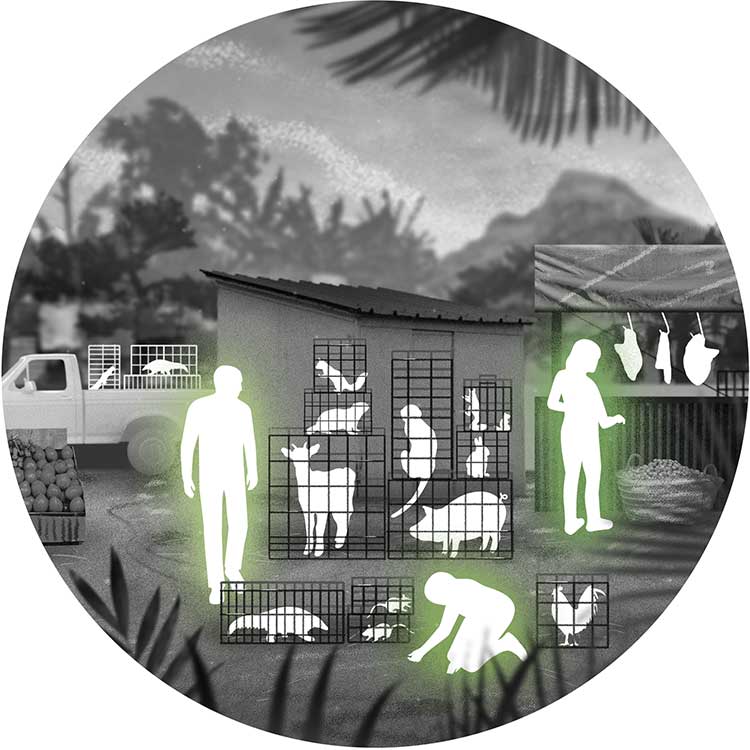
High-risk wildlife taxa are groups of species that pose a particular risk for the transfer of zoonotic diseases. More research is needed, but we know this list includes: bats, primates, rodents, and many wild birds, among others. Domestic livestock species also have been implicated in many major disease outbreaks, likely after having picked up the pathogens from wild animals.
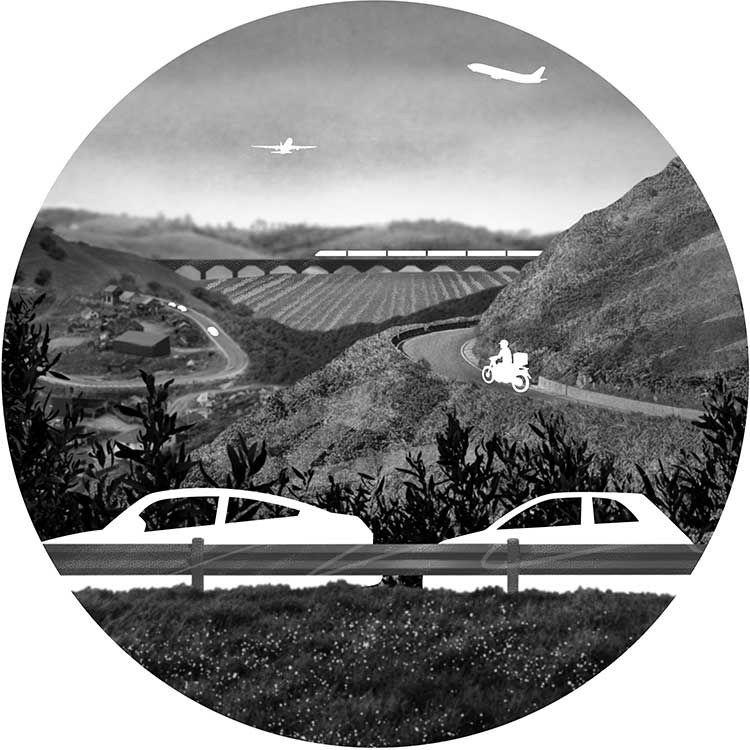
High-risk wildlife markets, therefore, can provide a fertile environment for this type of viral mutation and infection of humans, with potentially fatal consequences. The disease outbreaks of COVID-19 and SARS were first identified in live animal markets and others, HIV and Ebola, started with the consumption of wild meat.
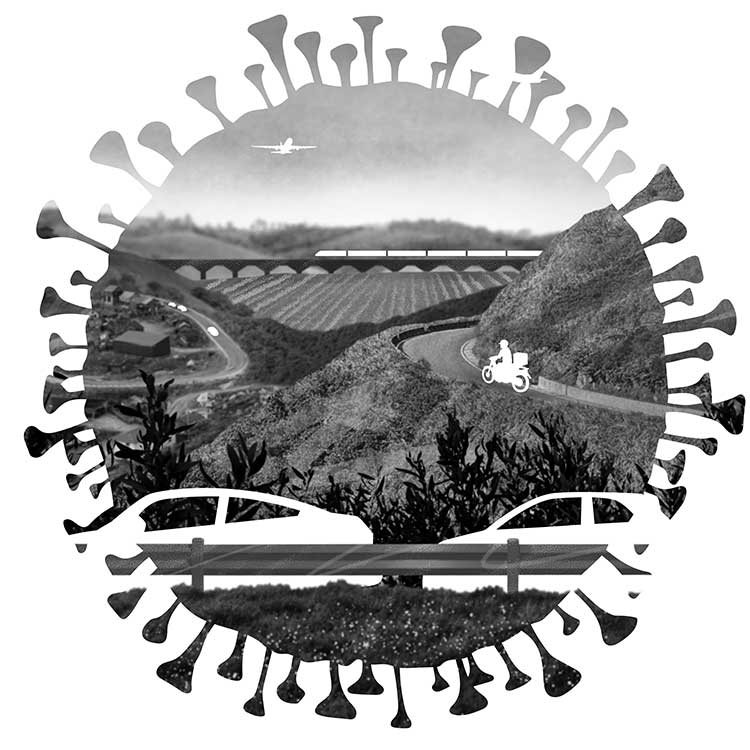
The movements of infected people are also aided by rapidly growing transportation and tourism sectors, which can quickly turn a local outbreak into a global pandemic.
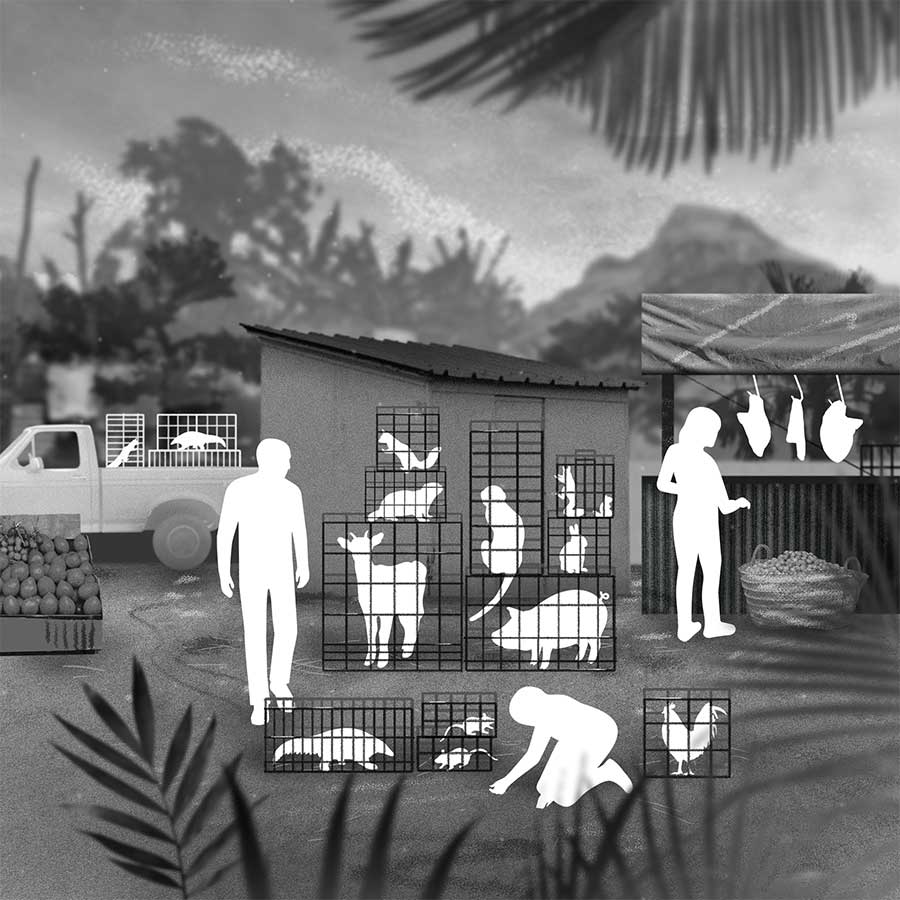
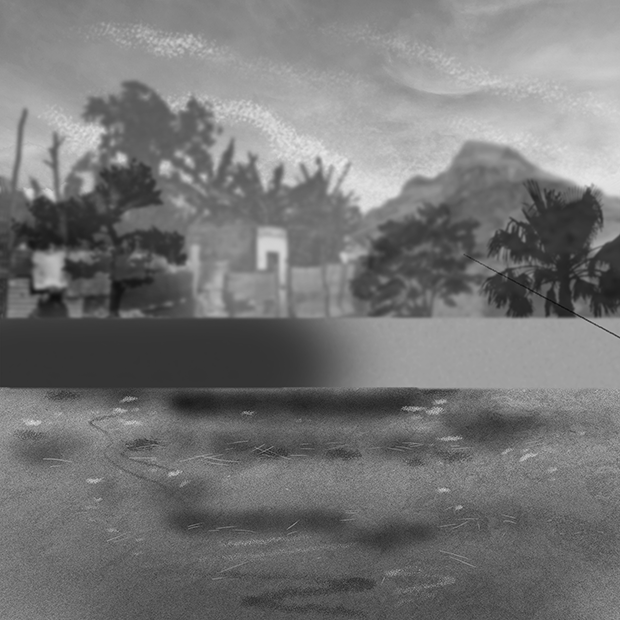

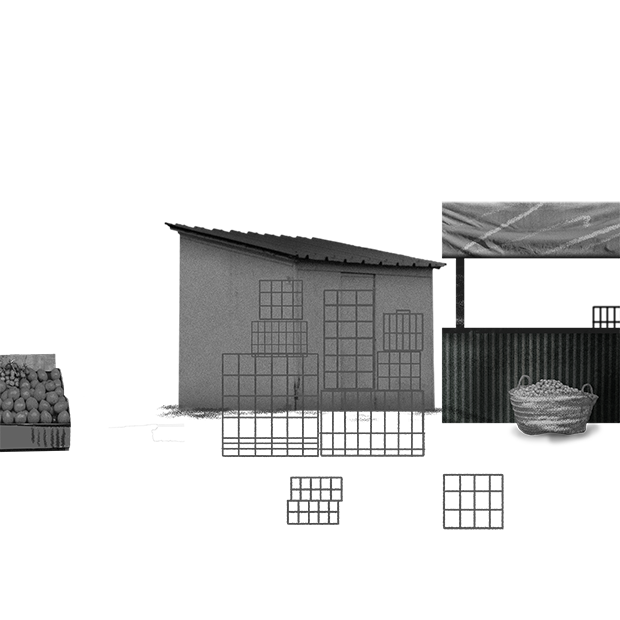



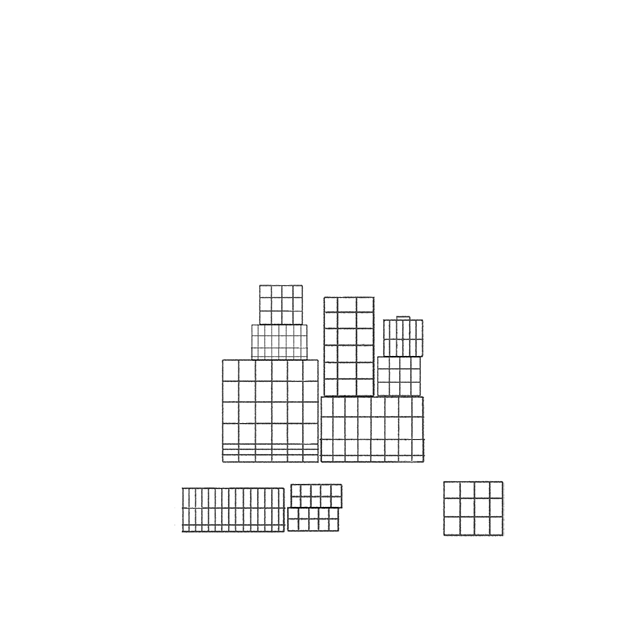

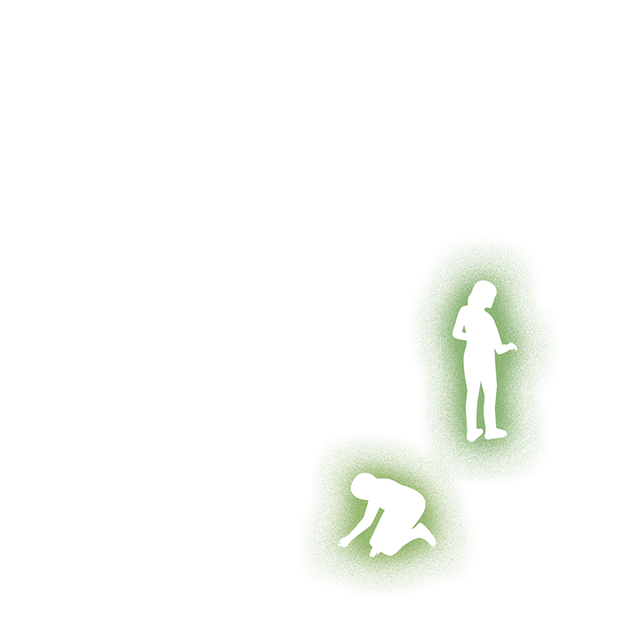



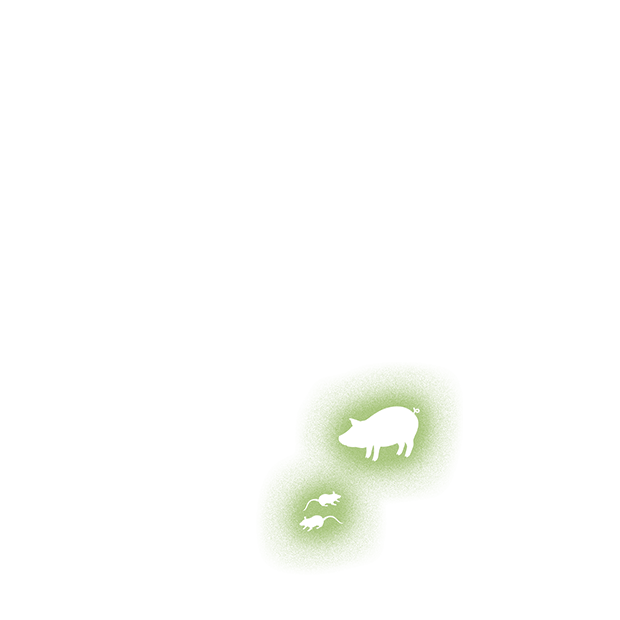

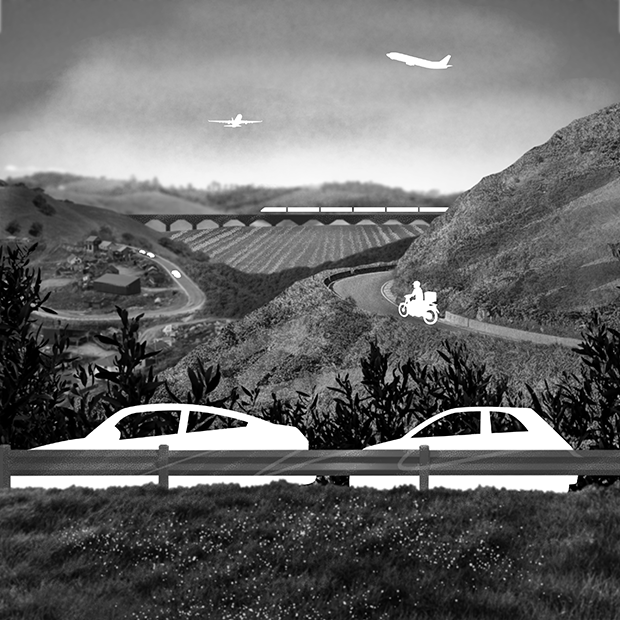
The wildlife trade moves animals that normally never leave the forest into densely populated urban areas and into contact with other species they would never interact with in the wild. In many countries, live wildlife markets can be found openly selling many species side by side for human consumption, traditional medicines, exotic pets, and luxury products. This is a risky situation, with highly stressed animals more susceptible to shedding viruses and catching illnesses from other species when confined in unhygienic, crowded situations.
Recent studies have found that intense human-animal contact is a key risk factor for zoonotic disease emergence, particularly in permanent live animal markets. [11][11] Hong-Ying Li, Guang-Jian Zhu, Yun-Zhi Zhang, Li-Biao Zhang, Emily A Hagan, Stephanie Martinez, Aleksei A Chmura, Leilani Francisco, Hina Tai, Maureen Miller, Peter Daszak, A qualitative study of zoonotic risk factors among rural communities in southern China, International Health, Volume 12, Issue 2, March 2020, Pages 77–85, https://doi.org/10.1093/inthealth/ihaa001
High-risk wildlife taxa are groups of species that pose a particular risk for the transfer of zoonotic diseases. More research is needed, but we know this list includes: bats, primates, rodents, and many wild birds, among others. Domestic livestock species also have been implicated in many major disease outbreaks, likely after having picked up the pathogens from wild animals.
High-risk wildlife markets, therefore, can provide a fertile environment for this type of viral mutation and infection of humans, with potentially fatal consequences. The disease outbreaks of COVID-19 and SARS were first identified in live animal markets and others, HIV and Ebola, started with the consumption of wild meat.
The movements of infected people are also aided by rapidly growing transportation and tourism sectors, which can quickly turn a local outbreak into a global pandemic.





























The spread of COVID-19, SARS, MERS, and other similar outbreaks in recent history underscores the need to take urgent action on long-standing conservation challenges and to ensure safe food systems for all. Never before has the cost of inaction been more apparent.

Failure to address the persistent challenges regarding high-risk wildlife trade, deforestation, and expansion of agriculture into areas of wildlife habitat has clear human health risks from future zoonotic outbreaks.
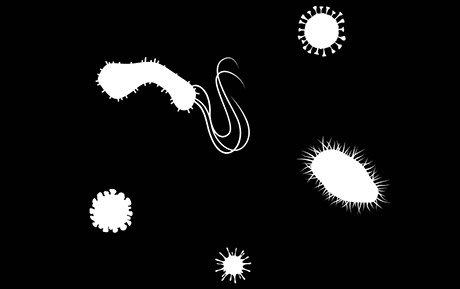
While we may not be able to pinpoint the exact spot where the next spillover event is going to happen, we are able to identify the combination of factors that increases risk.
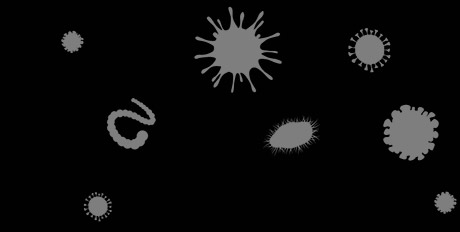
The Time
To Act Is
Now.
Sources:
[1] Jones, K.E., Patel, N.G., Levy, M.A., Storeygard, A., Balk, D., Gittleman, J.L. & Daszak, P. (2008). Global trends in emerging infectious diseases. Nature, 451, 990–993.
[2] https://www.publichealth.columbia.edu/research/population-health-methods/hot-spot-spatial-analysis
[3] https://mol.org/patterns/richnessrarity Species richness data summarized from Map of Life, more detailed information available at www.mol.org.
[4] https://wwf.panda.org/discover/our_focus/forests_practice/deforestation_fronts_/
[5] http://www.routesdashboard.org/
[6] Estrada-Peña, A., Ostfeld, R.S., Peterson, A.T., Poulin, R. & de la Fuente, J. (2014). Effects of environmental change on zoonotic disease risk: an ecological primer. Trends in Parasitology, 30, 205–214.
[7] Rohr, J. R., Barrett, C. B., Civitello, D. J., Craft, M. E., Delius, B., DeLeo, G. A., Hudson, P. J., Jouanard, N., Nguyen, K. H., Ostfeld, R. S., Remais, J. V., Riveau, G., Sokolow, S. H., & Tilman, D. (2019). Emerging human infectious diseases and the links to global food production. Nature Sustainability, 2, 445– 456.
[8] (Faust et al., 2018; Gibb et al., 2020; Gillespie & Chapman, 2006). As pulled from https://www.onlinelibrary.wiley.com/doi/full/10.1111/gcb.15508
[9] (Jones et al. 2013)
[10] Pacheco, P., Mo, K., Dudley, N., Shapiro, A., Aguilar-Amuchastegui, N., Ling, P.Y., Anderson, C. and Marx, A. 2021. Deforestation fronts: Drivers and responses in a changing world. WWF, Gland, Switzerland
[11] Hong-Ying Li, Guang-Jian Zhu, Yun-Zhi Zhang, Li-Biao Zhang, Emily A Hagan, Stephanie Martinez, Aleksei A Chmura, Leilani Francisco, Hina Tai, Maureen Miller, Peter Daszak, A qualitative study of zoonotic risk factors among rural communities in southern China, International Health, Volume 12, Issue 2, March 2020, Pages 77–85, https://doi.org/10.1093/inthealth/ihaa001




